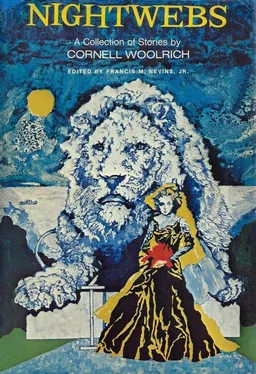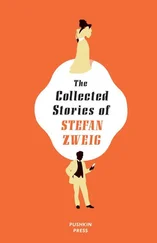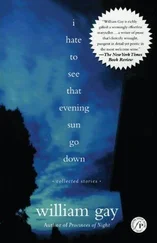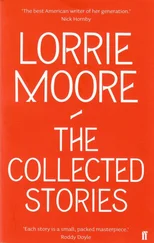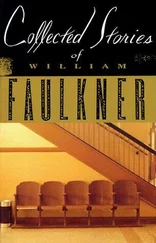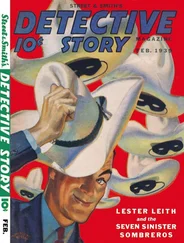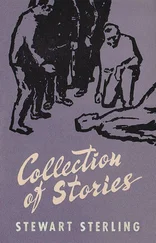The dark side of love, the perversions that rise from love, were always close to Woolrich, and he evoked them with the same white-hot intensity and poignance he brought to the evocation of its daylight side. One thinks of Marie in “Mind Over Murder,” subjecting the man she loves to nightmare atrocities in order to destroy his marriage; of the terrifying interplay between the hallucinogen-crazed King Turner and his estranged wife in “Marihuana”; and of those most typical Woolrichian dark lovers, the avenging angels. For when one loves another intensely, that love can beget a raging drive to redress an atrocity against the beloved, which in turn begets new atrocities of its own. Thus in The Bride Wore Black an ice-cold widow spends years tracking down and killing the four men she wrongly blamed for killing her bridegroom on the church steps. In Rendezvous in Black a grief-crazed young man, holding one among a small group of people responsible for his fiancée’s death, devotes his life to entering the lives of each of that group in turn, finding out whom each one most loves, and murdering these loved ones, so that the person who killed his fiancée will live the grief he lives. In “After-Dinner Story” an aristocratic embittered father invites all the suspects in the murder of his son to dinner, where he springs a lethal psychological trap which (as Woolrich intends the reader to see) is senseless but which nevertheless by pure chance kills the right man. The stony unforgiving narrator of “I’ll Never Play Detective Again” forces his best friend, who is mentally unbalanced but apparently has yet committed no crime at all, to commit suicide. In “Three Kills for One” and “The Clean Fight” avenging cops track down and destroy someone they have come to hate because of what he did to someone or something they love.
“I got him! Call Mike at the hospital, and tell him I got him! Tell him it was me, Cleary! Tell him I got him for him!
“I got him!..
“I got him for him!..
“I got him!”
It is a commonplace that in most significant works of the imagination form and content are inseparable (except in the critic’s butchering mind). The proposition is true of the works of Woolrich, and any discussion of how he achieved his effects will overlap considerably with the substantive analysis of his work. We shall focus here only on a few aspects of his procedure.
First of all we must consider the concept of functional illogic. It is simply undeniable that Woolrich is the sloppiest plot craftsman among all the giants of the genre. Many even of his best stories abound in incredible coincidences, contradictions, and implausibilities, so that Ellery Queen, one of his staunchest defenders, has remarked that a Woolrich tale often contains holes big enough to drive a truck through. The Appraiser in “Orphan Ice” steals a blotter from the desk of a police officer sitting opposite him and takes it out of the station completely undetected. At the climax of “Post Mortem” the detective blows the fuse in the basement at the exact split second that the murderer upstairs is flinging a hot water heater into a woman’s bathtub. Bailey in “One Last Night” starts literally from nothing, piles up one eye-poppingly ludicrous “deduction” on top of another, and winds up with a complete (and, as it turns out, completely accurate) psychological portrait of a murderer. Then there are the ridiculous alibi of Colin Hughes in “What the Well-pressed Corpse Will Wear,” and the inane motivation for the frame-up of Scott Henderson in Phantom Lady , and dozens of other examples which any alert reader of Woolrich can recall. And yet all this sloppiness is a precondition to one of Woolrich’s greatest strengths: his ability, in his best work, to make coincidence and contradiction and implausibility functional to his black vision. A careful craftsman could not have conceived of “I Wouldn’t Be in Your Shoes” and I Married a Dead Man , where we are confronted with the fact that no possible explanation can account for all of the events, and thereby with the irreducible senselessness of the universe. No rational plot maker could have revealed the features of his world’s god by creating the string of interlocking coincidences which led the soldier of “The Light in the Window” to believe that his girl had been sleeping with another man. No invariably competent storyteller could have evoked Eric Rogers’ fanatical hunger for justice in “Three Kills for One” by anti-naturalistically having him pursue his crusade for three years with no means of support, as if his rage for justice were all the food and drink he needed. The playwrights of the Absurd have made it a commonplace that a senseless story may best reflect a senseless universe, but Woolrich knew and acted on the same principle long before they became prominent.
The next facet of his technique we shall consider is his feverish emotionalism. Woolrich sometimes assumed the public mask of a tough little banty-rooster, but in reality he was living at the edge of his nerves his life long. No man but one of abnormal sensitiveness could have projected himself so completely into women like Bricky in Deadline at Dawn and Lizzie Aintree in “Death Escapes the Eye” and Helen in I Married a Dead Man . No man who was not himself unbearably lonely and afraid could have evoked loneliness and despair and fright so powerfully, as in Bricky’s famous prayer to a clock in the 4:27 chapter of Deadline at Dawn : “Oh, Clock on the Paramount, that I can’t see from here, the night is nearly over and the bus has nearly gone. Let me go home tonight.” Or as in this passage from the same chapter.
She turned and walked down the musty, dimly-lighted corridor, along a strip of carpeting that still clung together only out of sheer stubbornness of skeletal weave. Doors, dark, oblivious, inscrutable, sidling by; enough to give you the creeps just to look at them. All hope gone from them, and from those who passed in and out through them. Just one more row of stopped-up orifices in this giant honeycomb that was the city. Human beings shouldn’t have to enter such doors, shouldn’t have to stay behind them. No moon ever entered there, no stars, no anything at all. They were worse than the grave, for in the grave is absence of consciousness. And God, she reflected, ordered the grave, for all of us; but God didn’t order such burrows in a third-class New York City hotel.
Woolrich was far more than a victim of his darker emotions; he understood them, and, at his best, understood how to transform them into art.
The characteristic emotional feverishness which imparts such driving nightmarish urgency to many of Woolrich’s greatest works has its physical counterpart in that most Woolrichian device, the race against time and death. By entitling Chapter 1 of Phantom Lady “The Hundred and Fiftieth Day Before the Execution,” he begins, even before Marcella Henderson is strangled, the countdown of days before her innocent husband is to be electrocuted. By using clock faces instead of chapter titles or numbers in Deadline at Dawn , he makes us feel in our bones, like Quinn and Bricky, the inevitable approach of the dreaded sunrise. In “Johnny on the Spot,” “Three O’Clock,” “Men Must Die,” and the other clock-race stories, he uses the ticking away of the seconds before the protagonist is to be destroyed to create an atmosphere that becomes almost unbearable.
There are some haunting lines at the beginning of Waltz into Darkness :
And suddenly, one day, the cumulative loneliness of fifteen years, held back until now, overwhelmed him, all at one time, inundated him, and he turned this way and that, almost in panic.
Читать дальше
